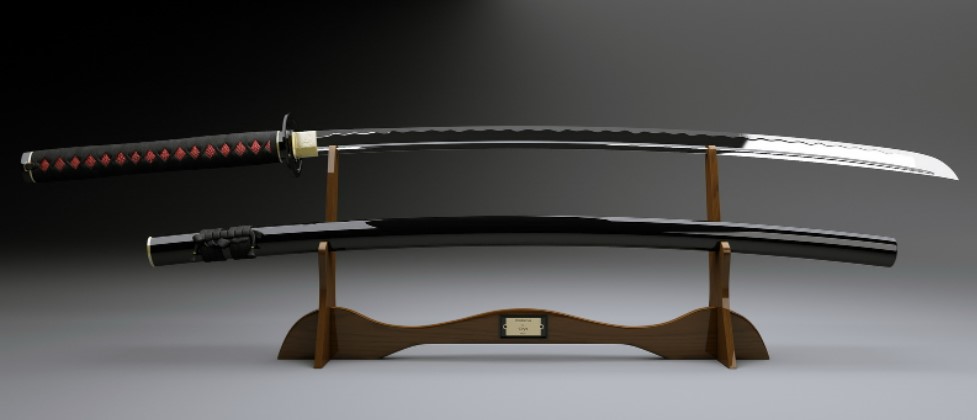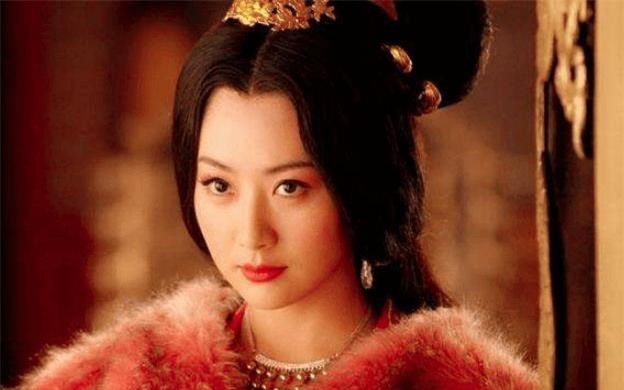The rules of conduct of the “brothers” behind the Japanese sword
There are many Japanese martial arts that revolve around their legendary sword, among them Kendo and Iaido. “Kendo focuses on practicing and combining the paths of a sword. Iaido on the other hand focuses more on executing the path of a sword, along with the techniques of katas, both beginning and ending with a sword in a scabbard”.

Master Iaido Lok Wai Keung, founder of the Toyama Ryu Iaido Association in Hong Kong, who has practiced Iaido for over 20 years and has won numerous awards, shared:
In most comics, all samurai are on a mission to kill people, was this true in the past?
In ancient Japan, Samurai were a group of civilians or soldiers. They are loyal to their masters and respond by protecting them at all costs. The saying “absolute compliance” became their code of conduct.
How about now?
Samurai classes were abolished during the Meiji period. Today, Bushido has become the way men must behave according to an absolute moral standard that transcends logic. Right is right and wrong is wrong. The difference between good and bad and between right and wrong is very clear, not discussed or justified and a man should know that difference.

What is Bushido?
It is a book by author Nitobe Inazo, who interprets the Samurai code of conduct: how chivalrous men should act in their personal and professional lives. Bushido is an emphasis on compassion, benevolence and other qualities of a man that are: Straightforward, courageous, polite, honest, sincere.

Some people are very interested in Samurai and swords, it gives a very strong impression but also a bit brutal. Why do students start learning laido?
In Hong Kong, most of the younger generation is deeply influenced by Japanese TV series/cartoons about Samurai, Ninjas and the fighting power of a Japanese sword. That’s why they come to learn laido and we have to give them a concept of laido and the real traditional culture of a Samurai. On the other hand, some would associate the Japanese sword with Japanese military activities during World War 2. In fact, the Japanese sword was banned by the Meiji government and propagated as a tool during the Japanese era. Showa period to strengthen nationalism. That’s why understanding the history of Japanese swords is one of the main topics in our laido class.

Lok Wai Keung also points out that there is something unrelated to the way many people view Japanese swordsmanship and its true roots in history and culture. When you start learning these traditional martial arts, make sure you’re doing it for the right reasons. Respect your martial arts and weapons, rather than uncovering the mystery of weapons to put to use. When you learn about Japanese swordsmanship, just like any martial art, you must focus on all aspects of it, not only practicing the skill, but also practicing discipline and self-control.

That is all an Iaido student needs to learn before deciding to choose a Japanese sword. Once they had chosen the sword, there was still a long way to go not only in the practice of skills but also in the rules of conduct in life.
at Blogtuan.info – Source: danviet.vn – Read the original article here
